Diadromous Fishes
Species
Of the approximately 32,000 known fish species, 58% live in the sea, 41% in freshwater, and less than 1%—the diadromous species—utilize both ecosystems throughout their life cycle. The term diadromous originates from Ancient Greek and consists of two words: [Dia], meaning "through," and [Dromos], meaning "run." In other words, diadromous fish "run," or rather migrate, between environments with distinct characteristics, namely the freshwater of rivers and the saltwater of the sea.
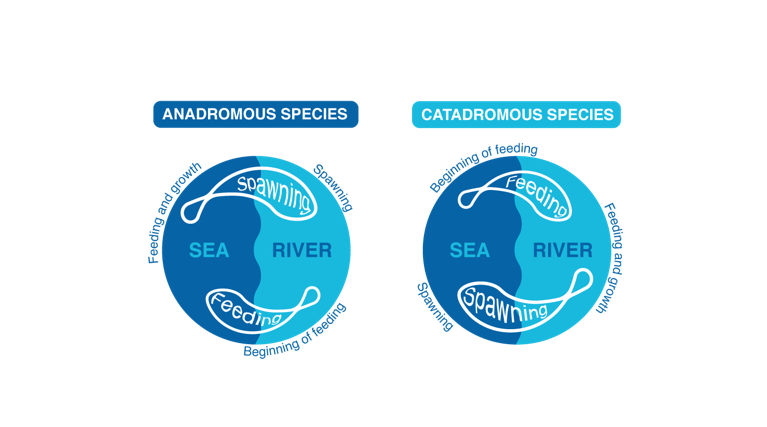
-
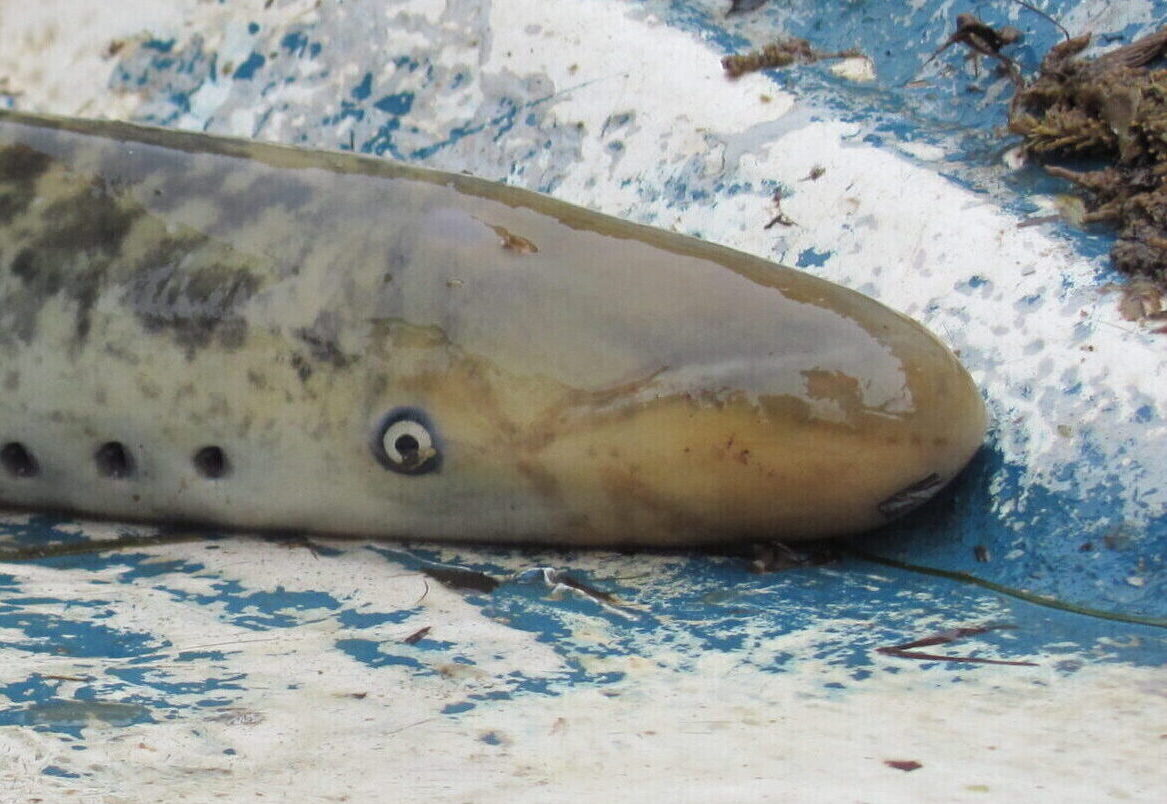
Sea lamprey (Petromyzon marinus)
-
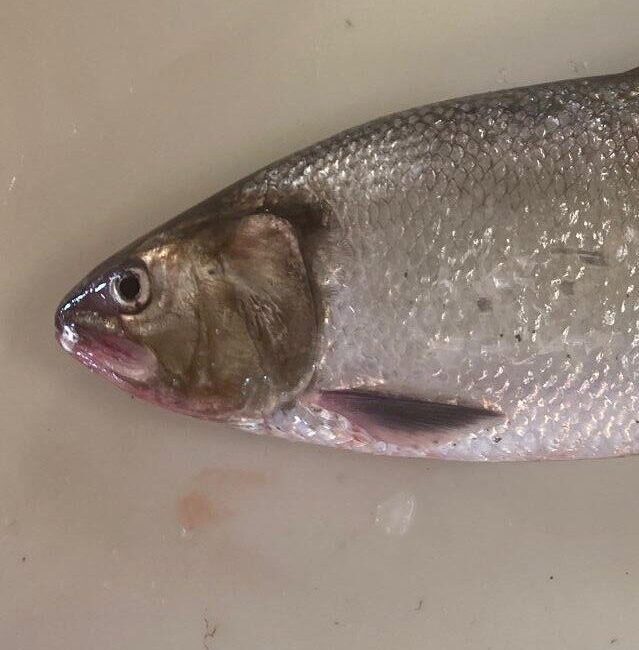
Allis shad (Alosa alosa)
-
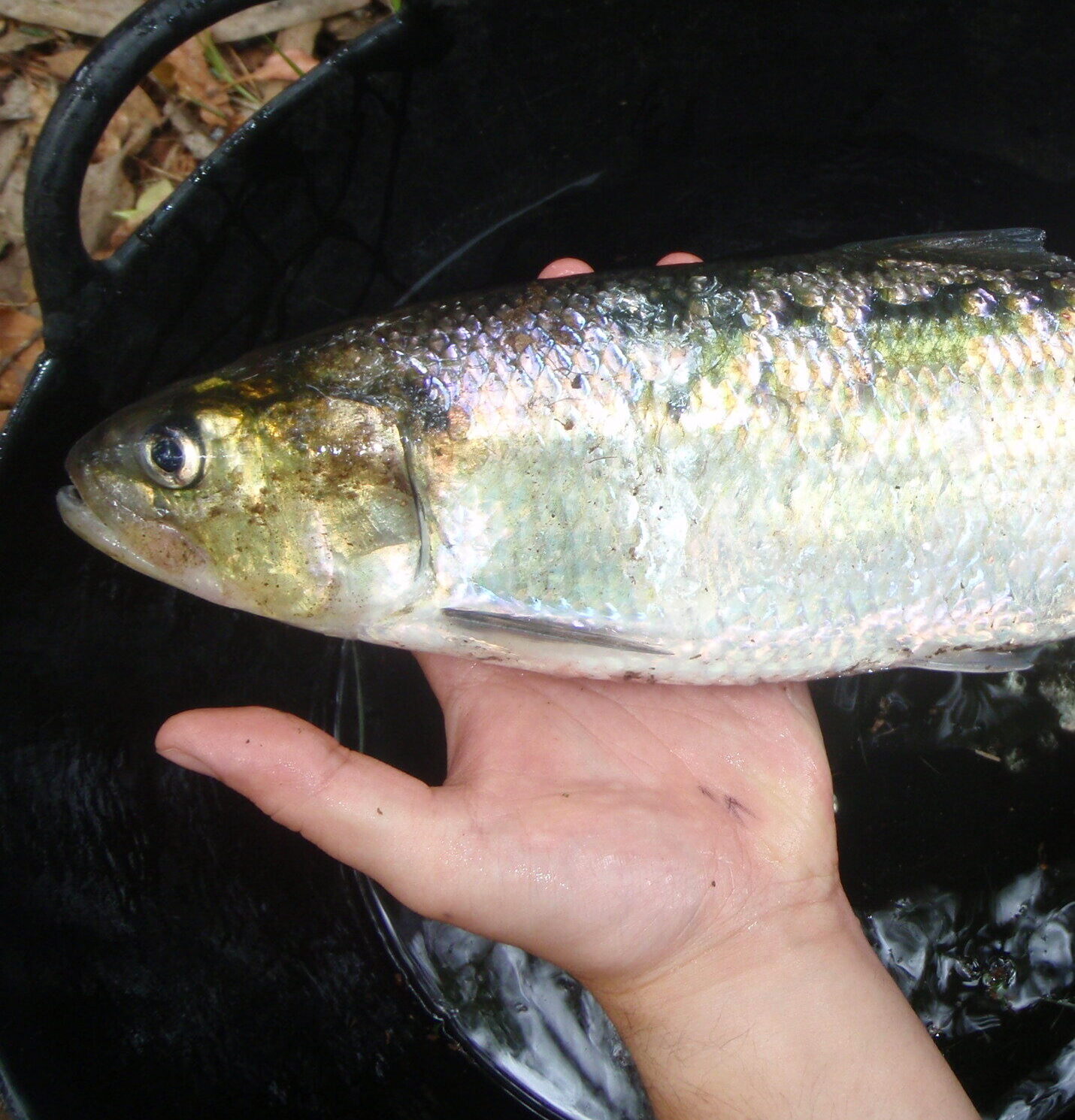
Twaite shad (Alosa fallax)
-
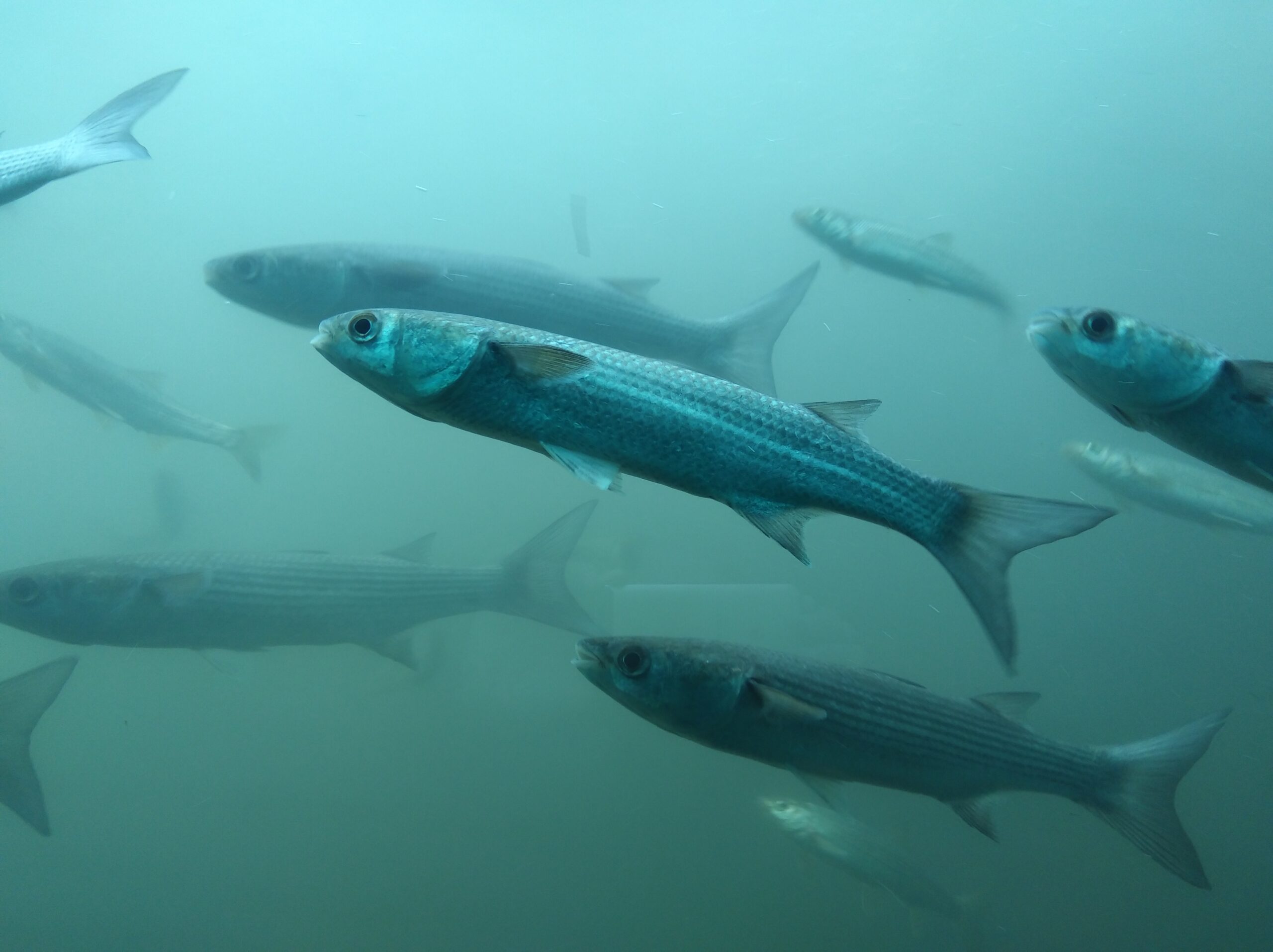
Thinlip grey mullet (Chelon ramada)
-
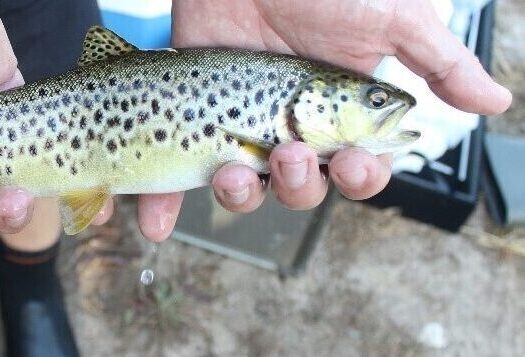
Trout (Salmo trutta)
-
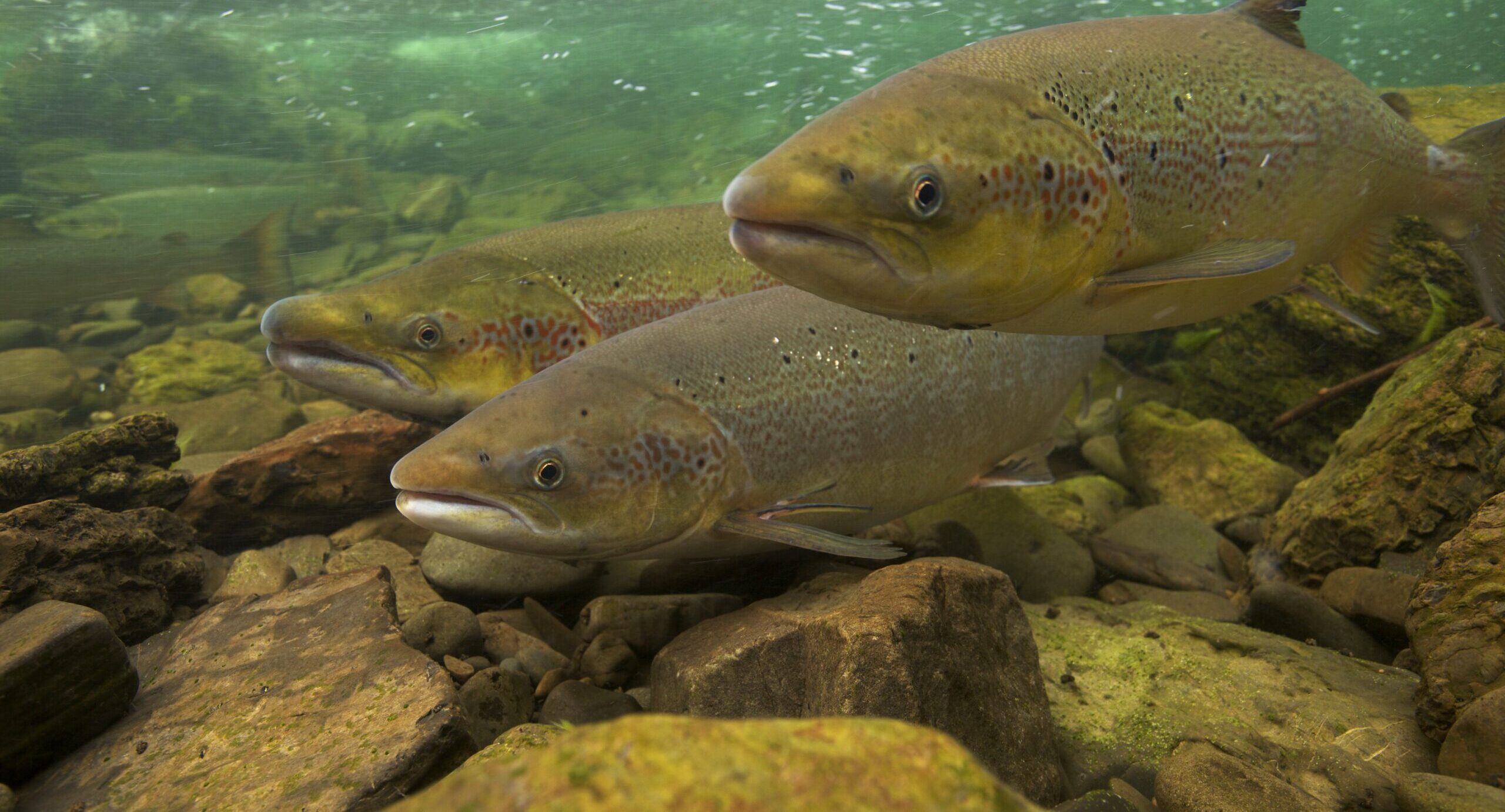
Atlantic salmon (Salmo salar)
-
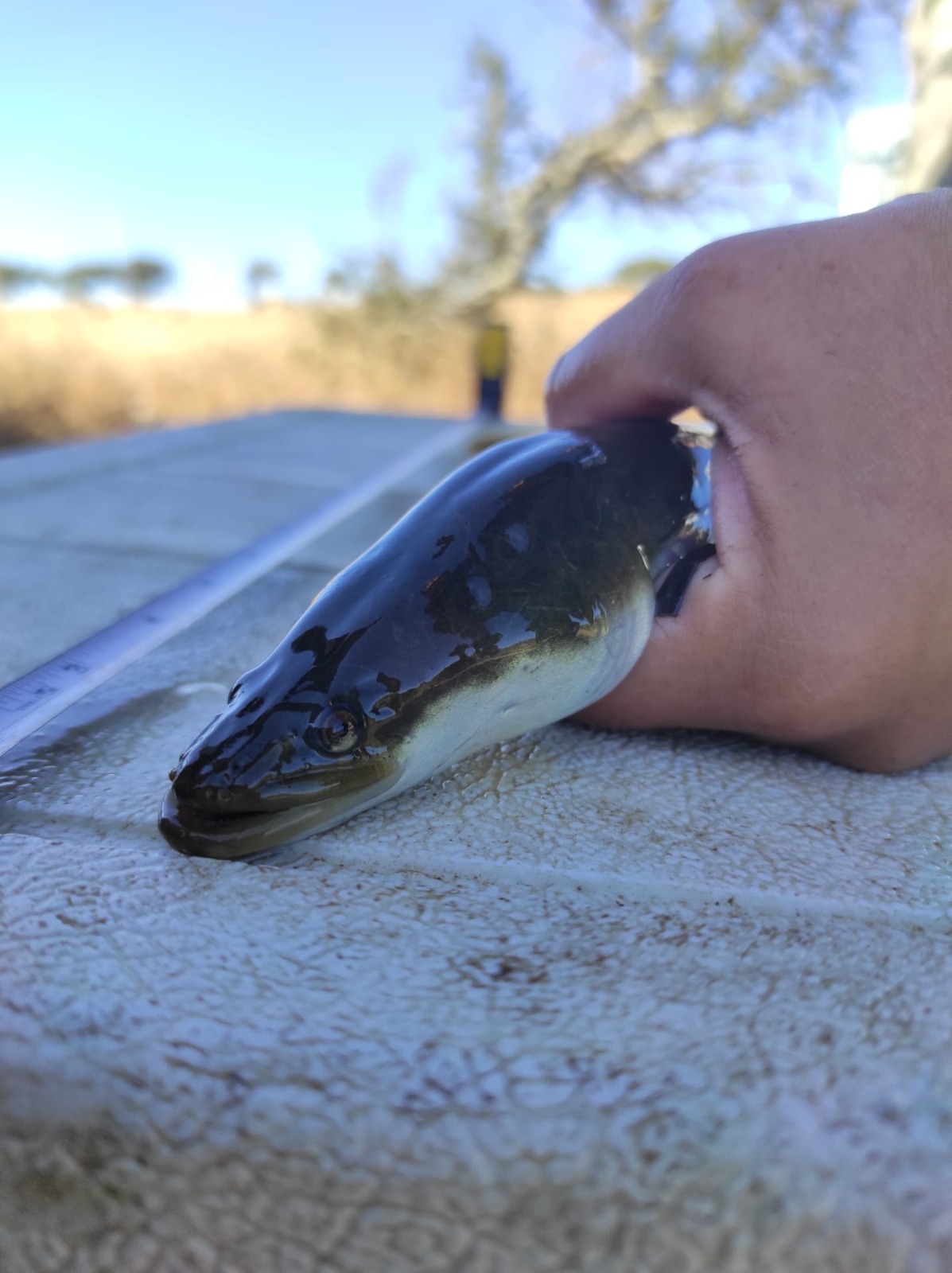
European eel (Anguilla anguilla)
-
Sea lamprey (Petromyzon marinus)
The Sea lamprey (Petromyzon marinus) is an anadromous and parasite species native to the northern Atlantic Ocean and is widely distributed in Europe and North America.
Adults live in the sea, migrating to rivers to spawn. They lay eggs in areas with pebbles, gravel, and sand. The larvae (ammocoetes) live buried in the sandy riverbed and prefer shallow, shaded areas with weak currents. While the larvae are filter feeders, the adults are parasitic, feeding on the blood of other fish. During the reproductive migration, adults do not feed.
This species has a significant conservation interest and socio-economic and cultural value. The life cycle of this species consists of a spawning migration in freshwater and a trophic migration at sea. Globally this species is classified by IUCN as “Least Concern”. However, in recent years, populations of these species have observed a general decline, particularly in Portugal, Spain and France, where it is considered “Vulnerable”.
This species suffers multiple threats, including overexploitation by fisheries, river fragmentation (e.g., dam construction) which leads to habitat loss, habitat degradation (e.g., aggregate extraction) which impacts the survival of larvae. And also, other environmental changes such as pollution, presence of exotic species (e.g., European catfish Silurus glanis) and climate change that can influence the life cycle of this species.

-
Allis shad (Alosa alosa)
The Allis shad (Alosa alosa) is a pelagic species that occupies the water column. Its spawning habitat is characterized by a succession of deep areas with slow currents and shallower areas with fast-flowing water. Most individuals die after spawning. It is a planktivorous species. During the reproductive migration, they do not feed.
This migratory fish has significant ecological, cultural, and economic value, known for its long reproductive journey into fresh water, where it spawns in the spring. It is semelparous, with most adults dying after reproduction, while juveniles migrate to the sea before returning to the rivers after several years. Once widespread in the eastern Atlantic from Norway to Morocco, the species has suffered severe decline, with most populations now limited to parts of France and Portugal, particularly the Mondego River, which represents the species’ last stronghold.
It is listed as Critically Endangered globally and faces threats from habitat loss due to river modifications, pollution, overfishing, climate change, and invasive species, including the European catfish.

-
Twaite shad (Alosa fallax)
The twaite shad (Alosa fallax) is a migratory, like the allis shad, the twaite shad is a pelagic species. However, its preferred spawning habitat differs, being located further downstream in the lower river stretches.
It can be distinguished from the allis shad by its smaller size and the presence of 4 to 8 dark spots on its back. The migration of twaite shad into freshwater begins in February, and reproduction can last until June. It is a planktivorous species but can also consume small fish. During the reproductive migration, adult fish do not feed.
This anadromous fish occurs along the west coast of Europe, from southern Norway to the eastern Mediterranean, and in some large European lakes. It spawns in freshwater rivers and estuaries. The twaite shad is iteroparous, spawning multiple times throughout its life.
While the species has declined, its situation is less severe than that of the Allis shad and its status is classified by the IUCN of Least Concern. Twaite shad populations face threats from habitat degradation, pollution, water extraction, invasive species like the European catfish, and climate change.

-
Thinlip grey mullet (Chelon ramada)
The thinlip grey mullet (Chelon ramada) is a pelagic catadromous mugilid fish, widely distributed along the Northeast Atlantic coast, from the Norwegian coastline, down to Mauritania, on the African coast, including the Mediterranean and Black Sea, and the offshore islands of the Canaries, Azores, and Madeira.
This species is frequently observed in large shoals throughout coastal areas, brackish water and entering also freshwater. The wide distribution and success of this species is attributed to their high euryhaline capacity, feeding plasticity (detritivorous) and trophic position, which allows them to occupy diverse environments and explore extensive feeding areas.
Thus, beyond their growing contribution to support commercial, artisanal and subsistence fisheries, as well as being cultured in aquaculture systems, C. ramada play an important specialised ecological role in trophic webs by promoting fluxes of energy and organic matter along the aquatic system.
According to the IUCN Red List of Threatened Species, the species is classified as least concern. As is the case with other diadromous species, species’ populations are threatened by a number of anthropogenic factors, including river fragmentation by dams and the intensification of fishing efforts. In addition, the potential impact of climate change on this species cannot be discounted.

-
Trout (Salmo trutta)
The trout (Salmo trutta) is an emblematic migratory fish species, usually associated with good environmental quality and known for showing high phenotypic plasticity, especially in its migratory behaviour. It has two ecotypes: the brown trout, which refers to the resident form (spends its entire life cycle in freshwater environments), and the sea trout, which refers to the anadromous form (migrates to the sea to feed and returns to the rivers to spawn).
Salmo trutta is distributed throughout northern Europe, from Scandinavia to the Iberian Peninsula. It is also found in Iceland and northernmost rivers of Great Britain. The Iberian Peninsula represents the southern limit of sea trout distribution range, particularly the Mondego River basin, in Central Portugal.
According to the IUCN, S. trutta is classified as “Least Concern” in Ireland and France. In Spain, this species is included in the “Vulnerable” category, while in Portugal the two ecotypes have different conservation status: brown trout is classified as “Near Threatened” and sea trout is “Critically Endangered”. Populations are threatened by a number of anthropogenic factors, including river fragmentation by dams and the intensification of fishing efforts. In addition, the potential impact of climate change, habitat degradation, flow regulation and water pollution cannot be discounted.

-
Atlantic salmon (Salmo salar)
The Atlantic salmon (Salmo salar) is an anadromous fish species, emblematic of the aquatic ecosystems of the northern hemisphere.
In adult males, the jaws exhibit greater curvature before and during reproduction. Juveniles spend about 1–2 years in freshwater before beginning their migration to the sea. During this migration, in estuarine waters, they undergo a transformation process known as smoltification, where they develop a silvery coloration and physiological adaptations to the marine environment. They spend one winter at sea before returning to their birthplace to spawn. Unlike its Pacific counterpart, the Atlantic salmon can reproduce more than once.
It occurs in the North Atlantic, from the region of the Arctic Circle, Iceland, the Baltic Sea to the north of the Iberian Peninsula and from the Barents Sea to New England. The southern limit of the species distribution is located in Portugal, where it has a small distribution area, limited almost exclusively to the Minho and Lima river basins.
Globally, Atlantic salmon is currently classified as “Near Threatened”, according to the IUCN Red List of Threatened Species. In Ireland, France and Spain, this species is classified as “Vulnerable”, regarding to their conservation status. In Portugal, which coincides with the southern limit of the species distribution, Atlantic salmon is classified as “Critically Endangered”. This species suffers multiple threats, including overexploitation by fisheries, river fragmentation (e.g., dam construction) which leads to habitat loss, aquatic pollution, degradation of riparian galleries, sand and gravel extraction and water extraction for different uses, have contributed to the degradation of the preferred habitats of this species.

-
European eel (Anguilla anguilla)
The European eel (Anguilla anguilla) is a catadromous species that makes two oceanic migrations between the spawning ground, in the ocean, and the growth habitats in continental waters. It is a species of high ecological and economic value, and although it was once quite abundant, recruitment declined sharply throughout its range in the 1980s and remains low.
During its continental phase, it is found in most coastal countries of Europe and North Africa, with its northern limit in the Barents Sea (72°N), its southern limit in Morocco (30°N), and spanning all over the Mediterranean basin.
Like many aquatic species, the European eel faces numerous threats in both continental and marine habitats.
Due to the declining trend of the population, the species was listed as “Critically Endangered” (CR) by the IUCN in 2008 and the status remains unchanged. This decline is mainly due to threats that occur in continental waters, such as habitat loss and degradation due to barriers to migration and river regulation; illegal fishing and trade in glass eels; overfishing; pollution; and parasites and diseases (e.g., Anguillicola crassus).

